If you had told a European farmer in the 1950s that one day the wolves, lynx, and bison would wander freely across the continent again, they might have laughed in disbelief—or shuddered at the thought. For centuries, these wild creatures were hunted nearly to extinction, their forests and meadows swallowed up by farms and cities. Yet, in a quietly stunning twist of fate, some of Europe’s most elusive animals are making a comeback. The forests are alive again with the calls of animals thought lost, and the countryside is whispering tales of their astonishing return. What’s behind this unexpected revival? Let’s step into the wild heart of Europe and discover why its most iconic animals are thriving once more.
The Wolf’s Triumphant Howl
Once feared and persecuted across Europe, wolves had retreated to a few remote corners by the late 20th century. Now, their haunting howls echo once more from the Carpathians to the Spanish Sierra Morena. These resilient predators have reclaimed lost ground thanks to legal protection, changing attitudes, and the natural regrowth of forests. Wolves are surprisingly adaptable, blending into landscapes fragmented by people and roads. Farmers remain cautious, but innovative compensation schemes and better livestock protection have eased some tensions. The wolf’s return stirs deep emotions—part fear, part awe—and serves as a potent symbol of wildness reborn.
Elusive Lynx: Ghosts of the Forest
The Eurasian lynx, with its tufted ears and secretive ways, was nearly wiped out from much of Western Europe. Today, it pads silently through forests in the Alps, the Balkans, and even parts of Germany and France. Conservationists have reintroduced lynx in carefully chosen habitats, monitoring their every move with camera traps and radio collars. These cats are excellent hunters, helping keep deer populations in check. Seeing a lynx track in fresh snow is like finding a message from a lost world—proof that quiet, patient efforts can bring the wild back from the brink.
Bison: Europe’s Gentle Giants Return
The European bison, or wisent, once roamed from France to Russia, but by 1927, only a handful remained in captivity. Against all odds, this mighty beast has returned to forests in Poland, Romania, and even the Netherlands. Rewilding groups and zoos worked together to breed bison and release them into protected reserves. Watching a herd of bison grazing under ancient oaks is like glimpsing Europe’s prehistoric past. These gentle giants help shape the landscape, opening up dense woods and creating new habitat for countless other species.
Bears in the Backyard
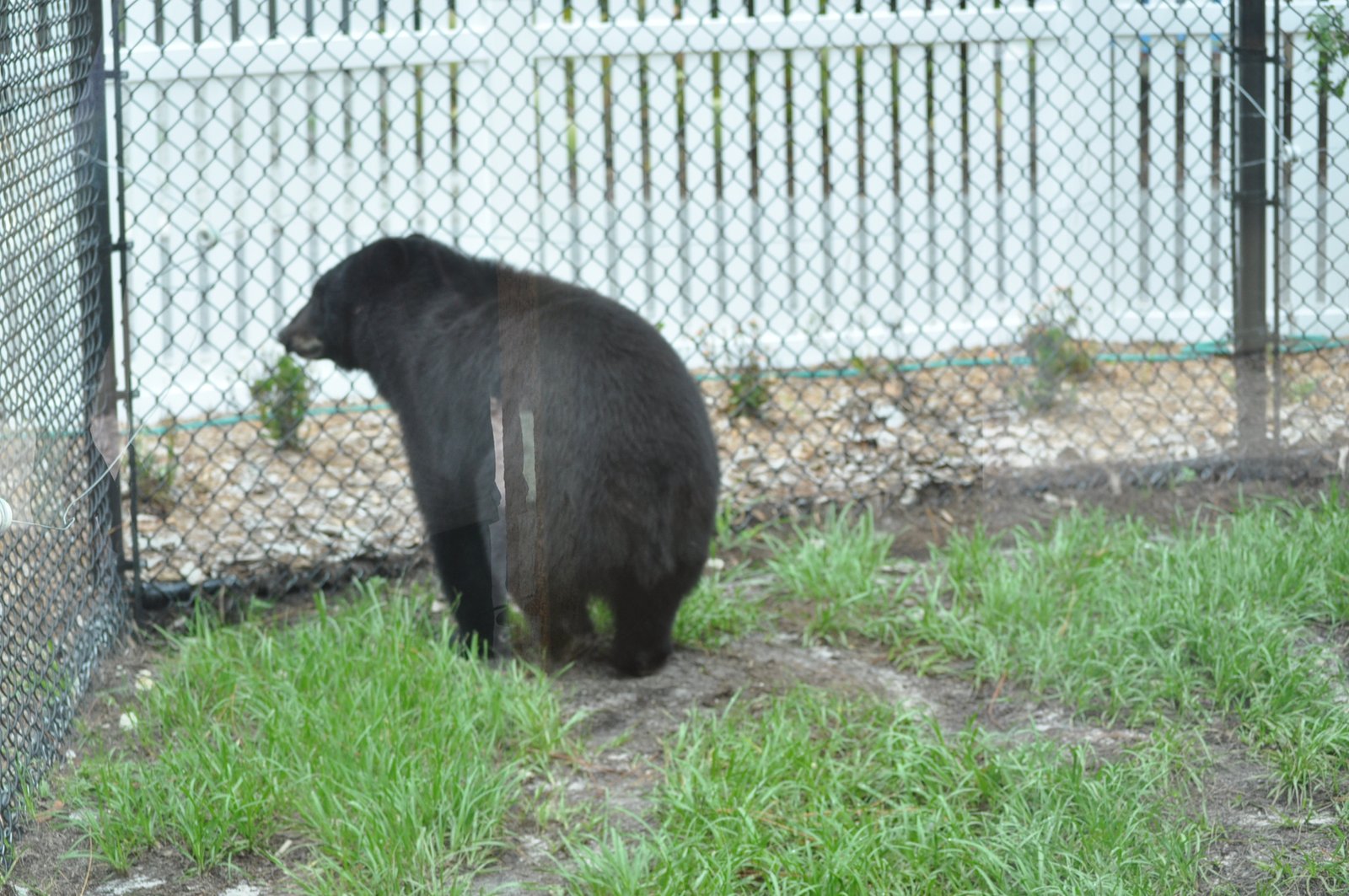
Brown bears were long seen as dangerous pests, but today they roam again in Spain’s Cantabrian Mountains, the Italian Alps, and across much of Eastern Europe. Their comeback is a testament to the power of protection laws and cross-border cooperation. In some places, bears have wandered surprisingly close to towns, searching for food. This sometimes leads to conflict, but also to fascination—there’s something thrilling about knowing a bear might be lurking in the twilight just beyond your garden fence.
The Soaring Comeback of Birds of Prey
Once poisoned and persecuted, majestic birds like the white-tailed eagle, bearded vulture, and red kite are now soaring across European skies. Strict bans on harmful pesticides like DDT, along with nest protection and reintroduction projects, have allowed these raptors to stage one of conservation’s greatest comebacks. Their huge wingspans and piercing cries are a stirring reminder that wildness is returning above our heads as well as below.
The Beaver’s Quiet Engineering
Europe’s beavers were nearly hunted to extinction for their fur and castoreum by the 19th century. Now, these remarkable rodents are busy architects once again, building dams and transforming rivers from Spain to Scandinavia. Beavers create wetlands that support fish, amphibians, and birds, and help reduce flooding—a natural solution to some of our most pressing environmental problems. Their gnawed trees and muddy lodges show that you don’t need to be fierce to make a big impact.
Rewilding: A Bold New Approach
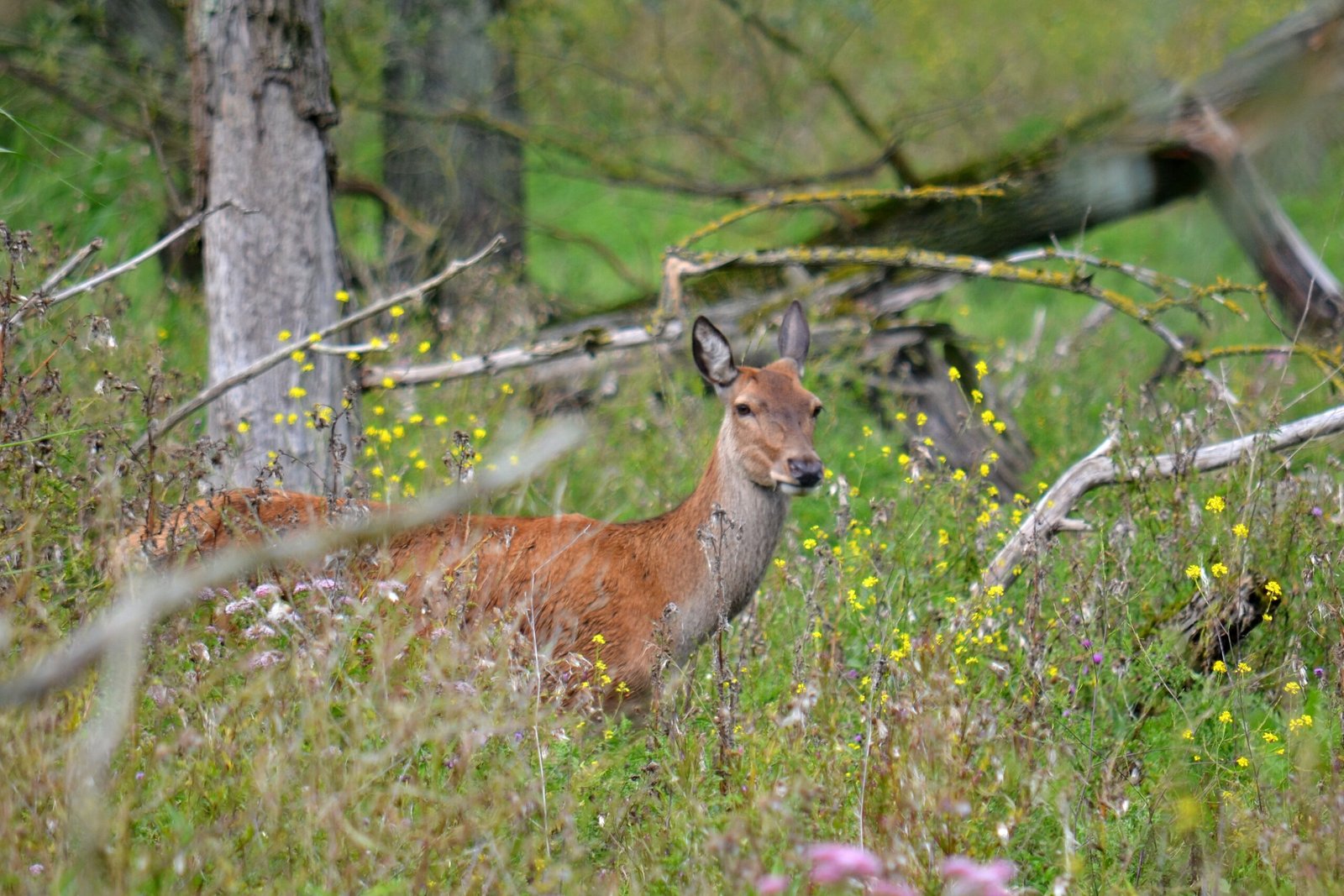
Rewilding has become a buzzword across Europe, but it’s more than just letting nature run wild. It’s about carefully restoring lost species and letting natural processes shape the land. Projects like the Oostvaardersplassen in the Netherlands or the Iberá wetlands in Spain have demonstrated that, with a little help, ecosystems can recover in astonishing ways. Rewilding sometimes sparks controversy—especially when large animals are involved—but it’s changing the way Europeans see their landscapes.
Legal Protection: A Game Changer
One of the most powerful tools behind Europe’s wildlife resurgence is strict legal protection. The EU’s Habitats and Birds Directives, along with international agreements like the Bern Convention, have made it illegal to kill or disturb many rare species. These laws are backed by heavy fines and, more importantly, by growing public support for conservation. Legal protection has given animals breathing room to recover and has pressured governments to restore habitats.
Human Attitudes: From Fear to Fascination

For centuries, wild animals were seen as enemies—threats to livestock, crops, and even people. Today, attitudes are changing. Urban Europeans travel hundreds of kilometers just for a glimpse of a lynx or the shadow of a wolf. Wildlife tourism has become big business, bringing new income to remote villages. TV documentaries and social media have helped turn predators and big herbivores into celebrities, inspiring awe rather than dread.
Nature’s Resilience After Abandonment
Economic changes and rural depopulation have left vast swaths of land abandoned across southern and eastern Europe. Surprisingly, nature has bounced back quickly. Forests are reclaiming old fields, and wild animals are moving in where people have left. This spontaneous rewilding shows how fast ecosystems can heal if given the chance—and how quickly animals can return to places from which they’d long vanished.
Climate Change and Shifting Habitats
As the climate warms, animal ranges are shifting north and to higher altitudes. Some species, like the golden jackal, are expanding rapidly into new parts of Europe, while others are adapting to changing conditions. The return of wild animals can actually help buffer ecosystems against climate extremes—wolves, for example, keep deer populations in check, preventing overgrazing and allowing forests to grow back.
Urban Wildlife: Nature Next Door

It’s not just in remote forests that wild animals are returning. Foxes, wild boar, and even deer are showing up in European cities, adapting to new food sources and shelter. Some towns have had to figure out how to live alongside these unexpected neighbors, but many people delight in spotting wildlife from their windows. Urban parks and green corridors are vital stepping stones for animals moving across the landscape.
Restoring Rivers and Wetlands
For decades, Europe’s rivers were straightened and polluted, but efforts to restore them are paying off. Clean water laws and dam removals have allowed fish like Atlantic salmon and sturgeon to swim upstream again. Wetlands, once drained for farming, are being re-flooded, bringing back cranes, otters, and dragonflies. Healthy rivers and wetlands are lifelines for countless species—and for people too, offering cleaner water and protection against floods.
Fencing, Corridors, and Crossing Points
As Europe becomes ever more fragmented by roads and railways, wildlife corridors and safe crossing points are helping animals move safely. Green bridges over highways and tunnels under rail lines have saved countless animals from deadly collisions. Connecting protected areas with corridors lets animals disperse, find mates, and adapt to a changing world.
Community Involvement: People Power
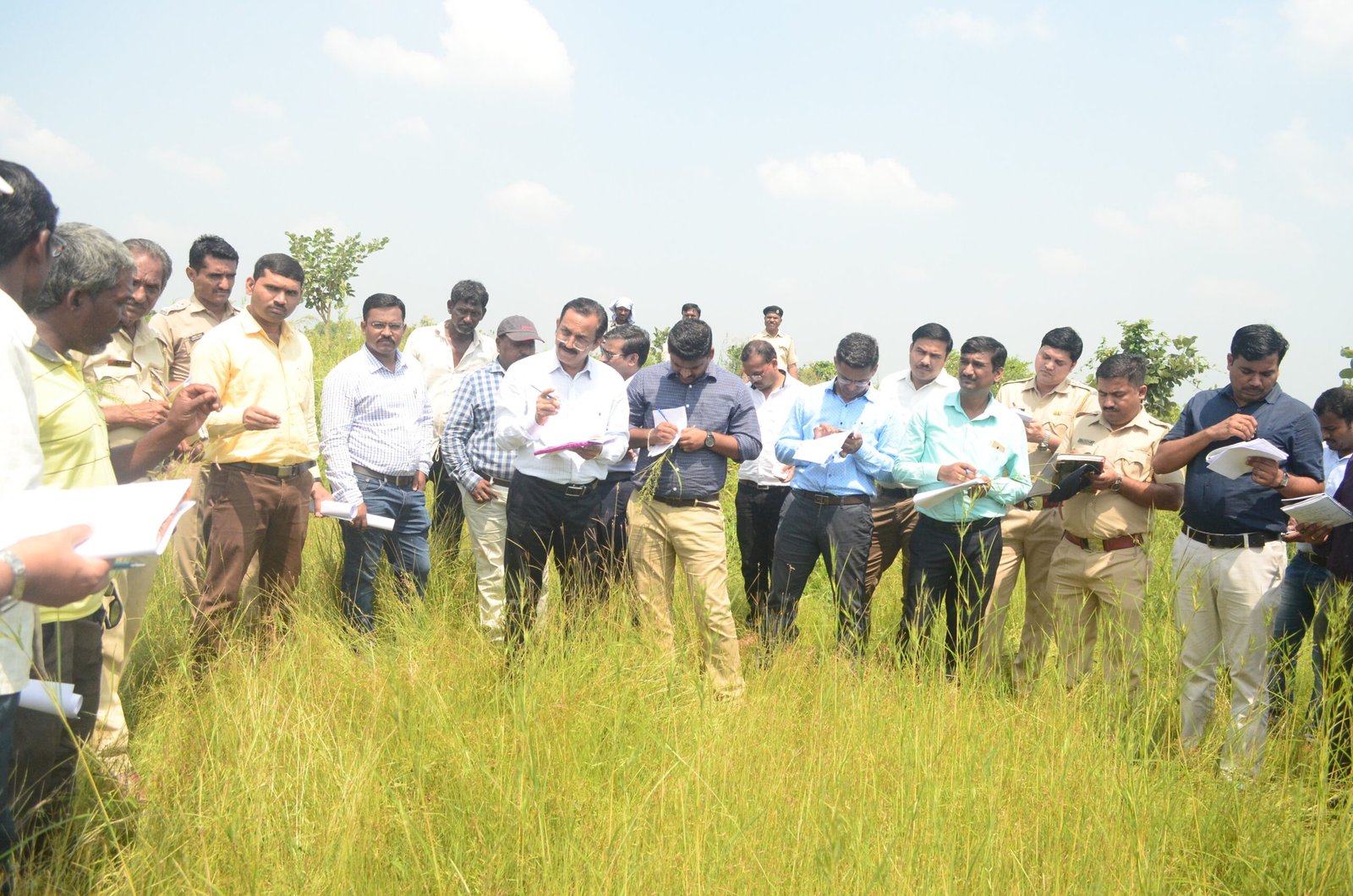
Conservation used to be the work of scientists and governments, but now ordinary people are playing a huge role. Citizen science projects track animals with smartphone apps and trail cameras. Local communities manage forests and meadows, balancing traditional practices with new ideas about wildlife. Success stories often come from places where people feel pride in their wild neighbors and are willing to put in the work to protect them.
The Role of Science and Technology
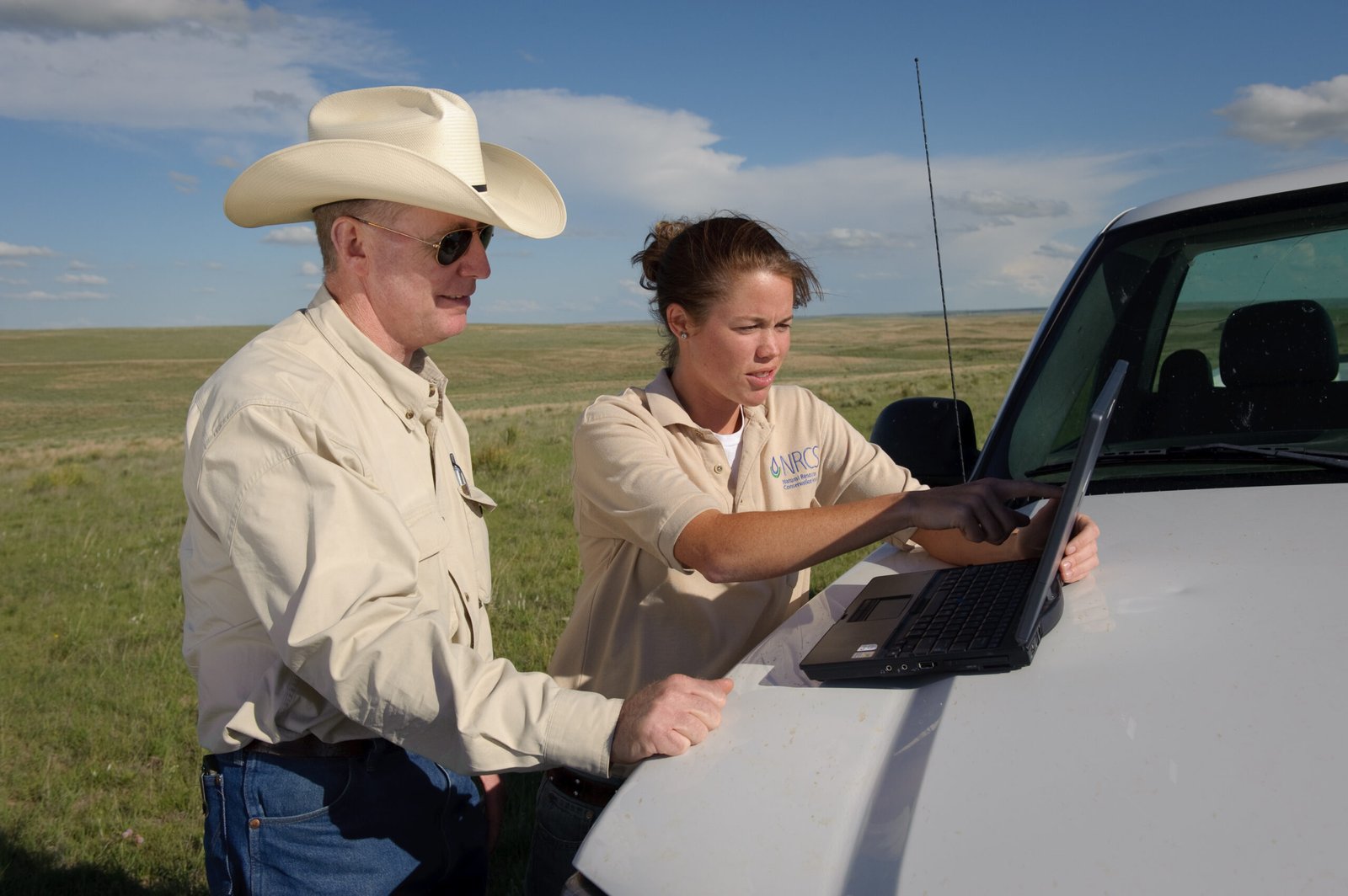
Modern conservation is powered by cutting-edge tools. Satellite tracking, DNA analysis, and camera traps reveal the secret lives of animals in ways our grandparents couldn’t have imagined. These tools help scientists understand where animals roam, what they eat, and how healthy their populations are. Data-driven decisions mean conservation efforts can be targeted more precisely—and successes celebrated with hard evidence.
Predator-Prey Dynamics: Restoring Balance
When big predators return, they shake up the food chain. Wolves and lynx keep deer and wild boar numbers in check, which allows young trees and wildflowers to thrive. This “trophic cascade” can transform whole landscapes, bringing back a richness of life that benefits everything from insects to birds. Managing this new balance isn’t always easy, but it’s a powerful reminder that every animal has a role to play.
Economic Benefits: Wild Profits
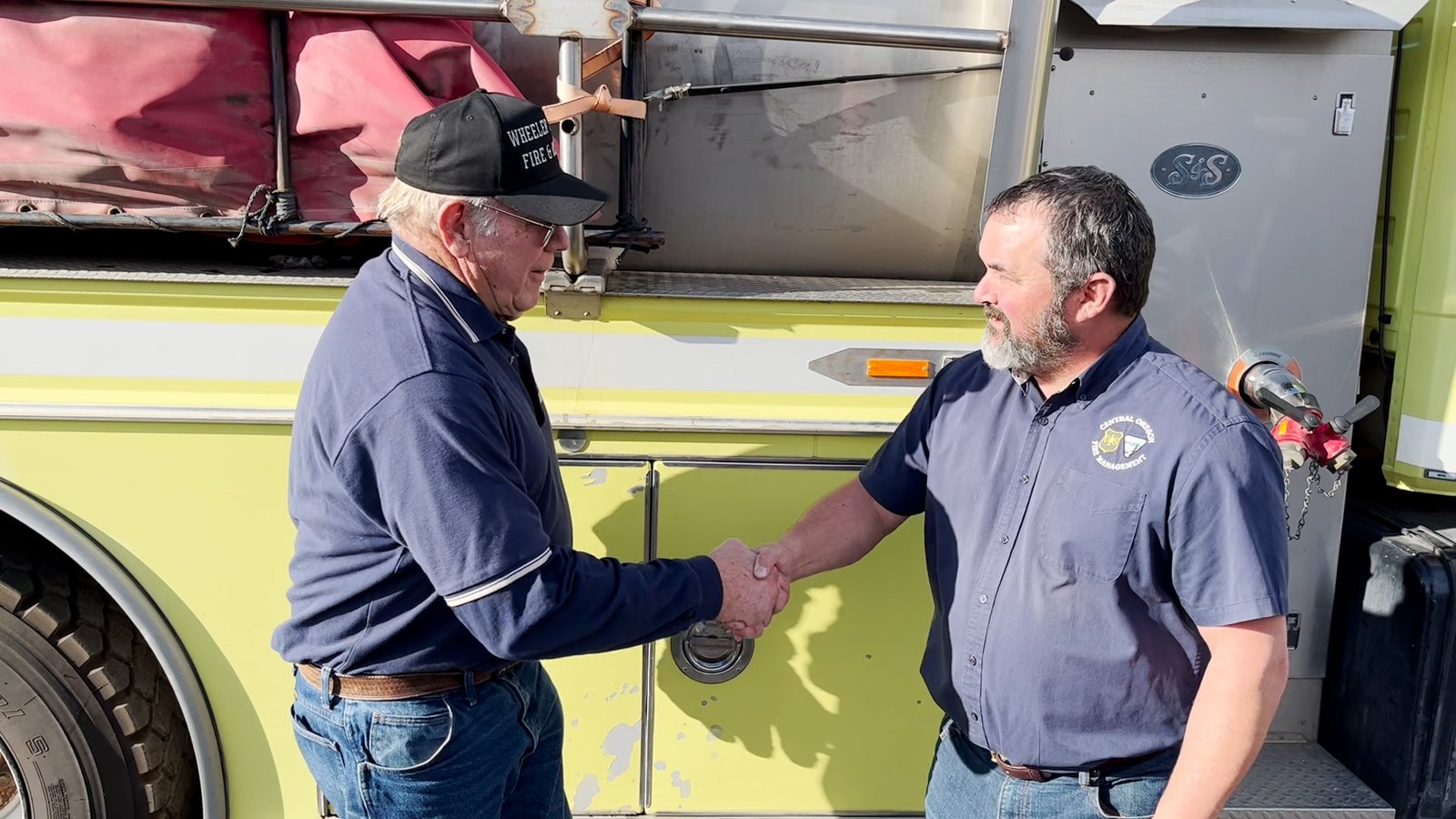
Wildlife tourism is booming, with people traveling to see bears in Slovenia, eagles in Scotland, or bison in Poland. These visitors spend money in rural communities, supporting guides, hotels, and restaurants. In some places, having wild animals around is now worth more than farming or forestry. The economic case for conservation has never been stronger.
Challenges Ahead: Coexistence and Conflict
The return of wild animals isn’t all smooth sailing. Sometimes wolves take sheep, bears raid beehives, or boars dig up gardens. Managing these conflicts requires patience, creativity, and compromise. Electric fences, livestock guardian dogs, and compensation schemes help, but finding true coexistence is an ongoing process. The challenge is to keep building tolerance and understanding, so the wild can thrive alongside human needs.
Hope for the Future: Will the Wild Stay?
Europe’s wildlife comeback is one of conservation’s quiet miracles—a story of resilience, patience, and changing hearts. Yet, the future is uncertain. Continued support, smart policies, and passionate people will be needed to keep this wild renaissance alive. As forests grow thicker and rivers run cleaner, the question remains: will we let the wild stay, or will old fears return? Did you expect to see such a wild Europe in your lifetime?




